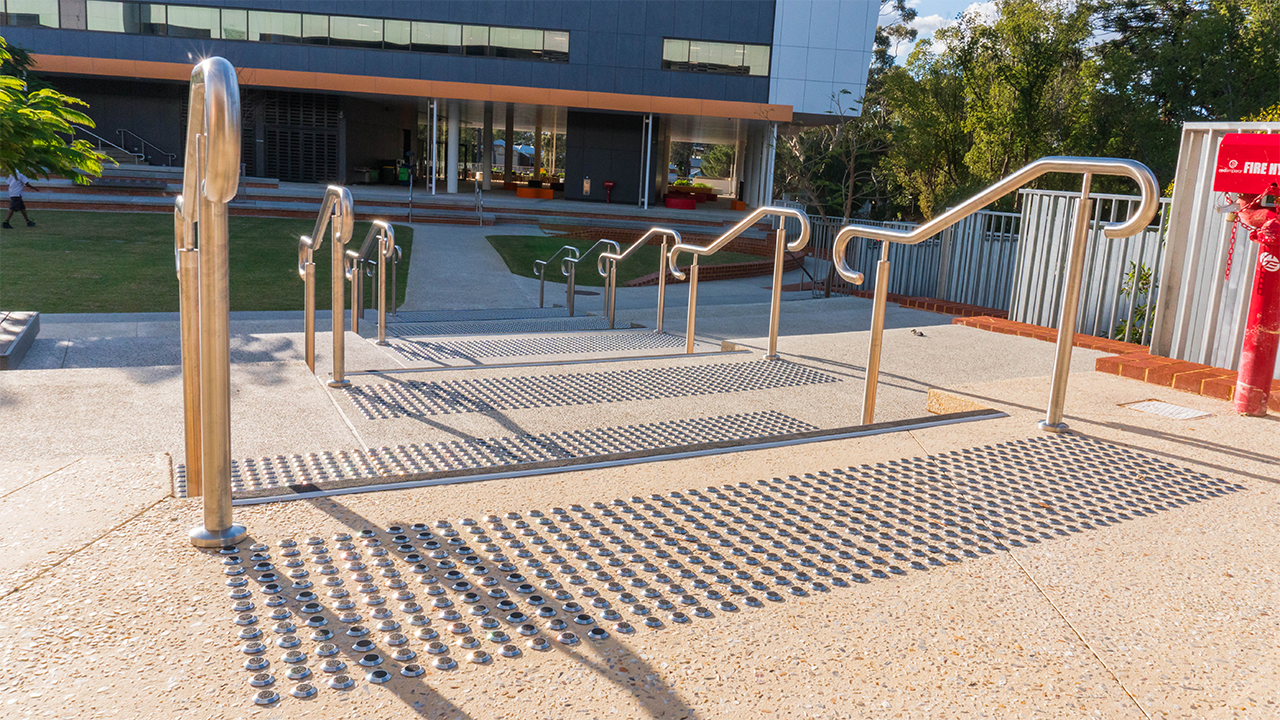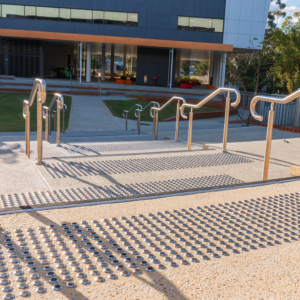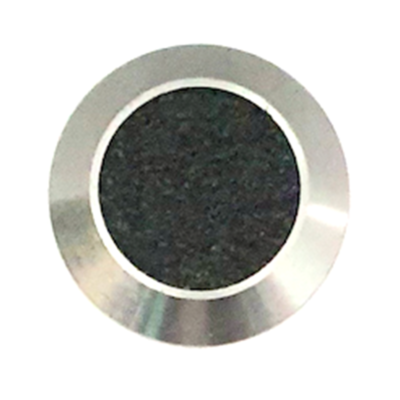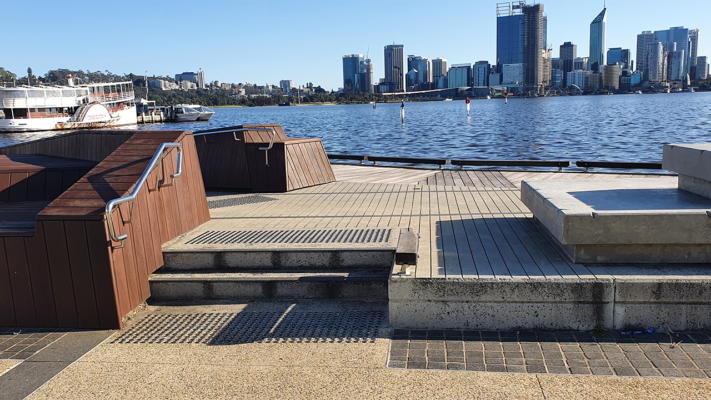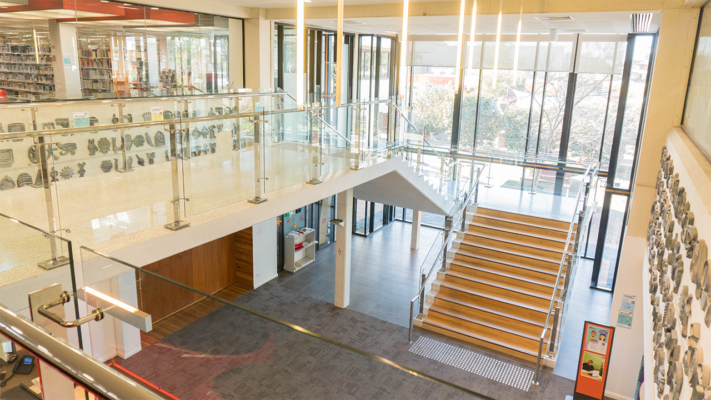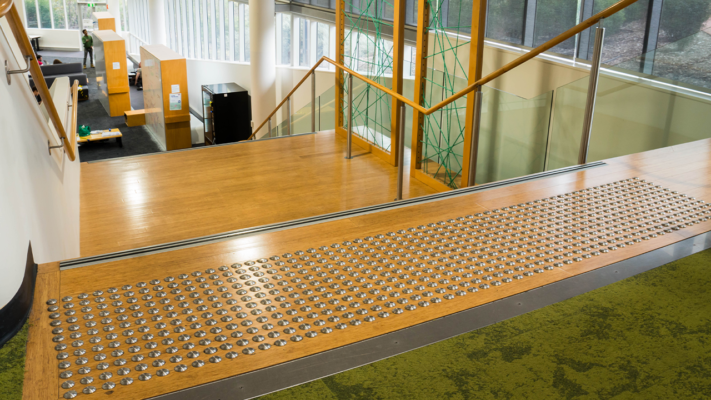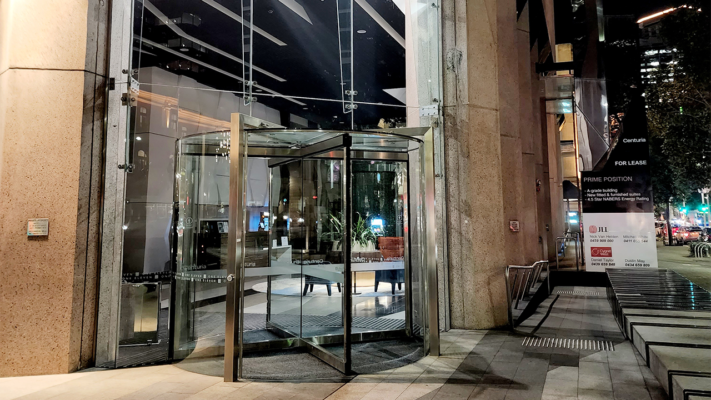Bob Hawke College in Western Australia is a symbol of academic excellence and modern educational facilities. As an institution committed to providing quality education to students of all abilities, it recognized the importance of accessibility in its infrastructure. To achieve this goal, the college partnered with Dottac, a leading company specializing in tactile solutions. Dottac’s innovative use of stainless steel tactile indicators with carborundum played a pivotal role in transforming Bob Hawke College into an inclusive and welcoming learning environment.
Bob Hawke College represents the future of education, offering state-of-the-art facilities and a dynamic learning environment. However, it was essential for the college to ensure that its premises were accessible to all students, including those with visual impairments. Dottac, known for its expertise in tactile solutions, was the natural choice to address this need.
Tactile indicators are critical components of an accessible environment, providing sensory information to individuals with visual impairments and aiding them in navigation. The incorporation of tactile indicators at Bob Hawke College was a significant step toward making the campus more inclusive.
Dottac’s involvement in the project began with a thorough assessment of the college’s premises. This assessment aimed to identify key areas where tactile indicators could have the most significant impact. Collaborating closely with college staff and accessibility experts, Dottac ensured that the installation would be tailored to meet the unique requirements of the modern educational facility.
One of the primary areas of focus was the college’s entrances. Dottac strategically installed stainless steel tactile indicators with carborundum at the entrances, marking the transition from the exterior to the interior. These tactiles provided clear and tactile cues, making it easier for students and visitors with visual impairments to locate and access the college’s main entrance independently.
Inside the college, tactiles were placed strategically to guide students toward various areas, including classrooms, laboratories, libraries, and common spaces. These indicators formed tactile pathways, ensuring that individuals with visual impairments could navigate the college with confidence. The combination of stainless steel and carborundum created a highly tactile surface that offered sensory feedback, helping students identify directional cues and transitions.
Carborundum, a highly abrasive material, was an excellent choice for enhancing the tactiles’ durability and slip resistance. It provided an additional layer of safety, ensuring that students could confidently traverse the campus without the risk of slips or falls. This commitment to safety was a testament to Bob Hawke College’s dedication to providing a secure and inclusive learning environment.
Stainless steel, known for its resilience and corrosion resistance, was chosen for the tactile indicators’ base material. This ensured that the tactiles could withstand the rigors of a busy educational campus while maintaining their functionality and appearance over time.
Elevators and staircases, common features in modern educational institutions, also received Dottac’s attention. Tactile indicators were strategically positioned near elevator doors and on staircases, aiding students in locating and accessing these essential elements of the college. This not only improved accessibility but also promoted the college’s commitment to inclusivity and equal educational opportunities.
The installation of stainless steel tactile indicators with carborundum at Bob Hawke College was a testament to Dottac’s dedication to accessibility and inclusivity. These tactile indicators symbolized a commitment to making education and campus facilities accessible to everyone, regardless of their abilities. Bob Hawke College’s dedication to accessibility, as demonstrated through its collaboration with Dottac, transformed it into a more welcoming and inclusive learning environment.
Furthermore, the tactiles significantly contributed to the safety and independence of students with visual impairments. By providing clear and tactile cues, they facilitated independent navigation, reduced the risk of accidents, and enhanced the overall educational experience within the college.
Dottac’s innovative use of stainless steel tactile indicators with carborundum at Bob Hawke College in Western Australia was a significant milestone in enhancing accessibility and inclusivity in an educational setting. The project not only made the college more accessible but also emphasized the importance of thoughtful design and tactile solutions in creating an inclusive learning environment. Bob Hawke College’s commitment to accessibility sets an inspiring example of how modern educational institutions can embrace inclusivity while providing a safe and enriching educational experience for all students.
